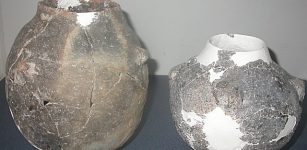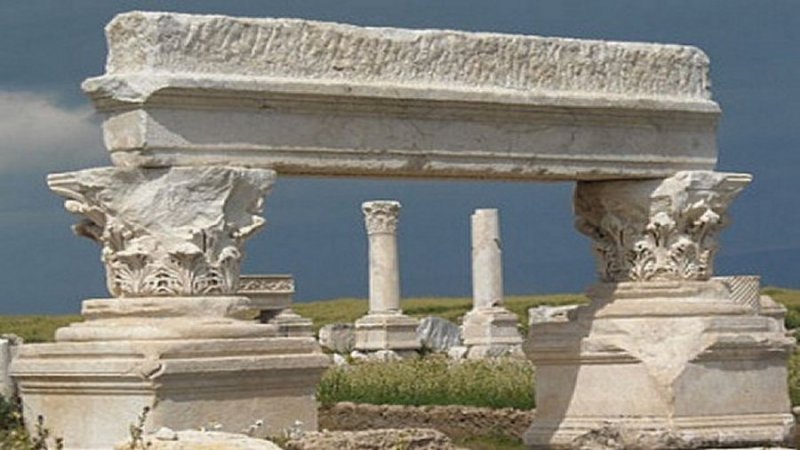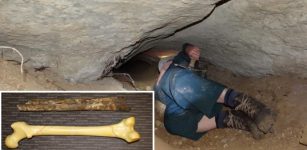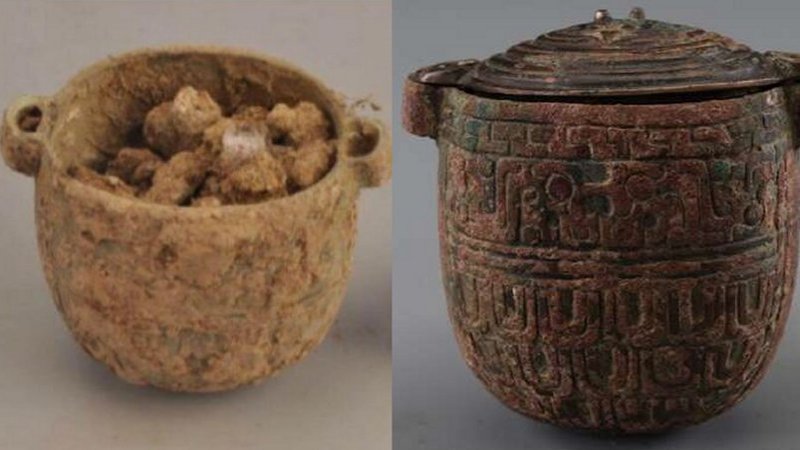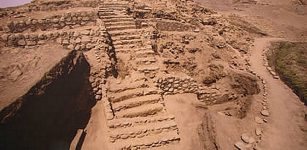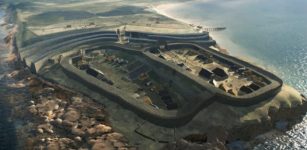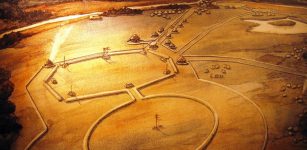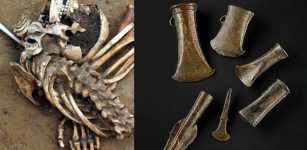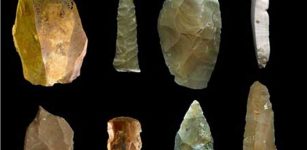Incredible Archaeological Find In America: Bones Of First Colonists And First Church In North America Discovered
MessageToEagle.com – This is undoubtedly one of the most important discoveries in North American history.
Bones of some the very first colonists in St. Augustine have been unearthed. Researchers believe they have found some of the first Europeans to settle in North America!
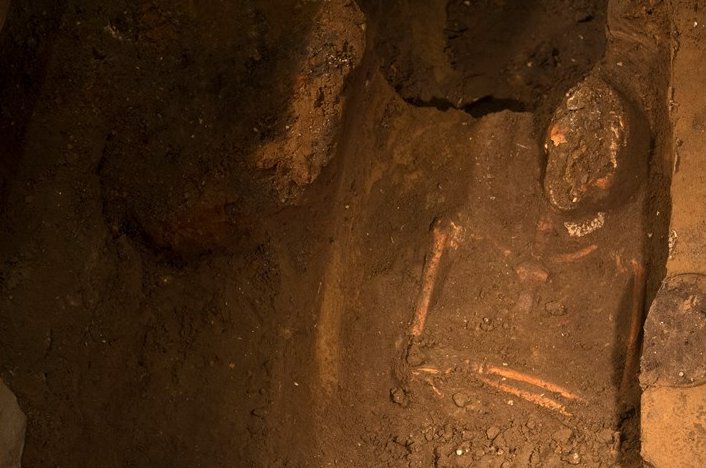
A team of archaeology volunteers and scientists from University of Florida have found two skeletons buried in the Christian-style. The skulls are in the east and the arms are crossed in front of the body.
Reports of the discovery of a first church in North America, make this archaeological mystery even more intriguing.
St. Augustine is rich in history. The city has existed for more than 450 years, becoming the oldest continuously European occupied city in the United States. It was founded by Spanish conquistador, Pedro Menendez de Aviles, in 1565, which is 42 years before the English colony at Jamestown, Virginia and 55 years before the Pilgrims landed on Plymouth Rock in Massachusetts. Today, it is known as “the nation’s oldest city.”

Seven years after St. Augustine was founded, colonists created what historians believe is the first parish church of St. Augustine, Nuestra Senora de Los Remedios in 1572.
In October, 2016, Hurricane Matthew caused considerable damage to the city of St. Augustine. One of the destroyed buildings was Fiesta Mall, under which archaeologists found four skeletons that may belong to the nation’s first colonists.

According to archaeologist Carl Halbirt the four skeletons look like they are adults. It is believed that they belonged to “some of the earliest colonists in St. Augustine history” based on the pottery and ceramics found near the bones. Archaeologists estimate that the bodies were buried sometime between 1572 and 1586, just 20 years after St. Augustine was founded.
See also:
Artifacts Discovered In Ancient Florida Sinkhole Can Re-Write History Of North America
Secrets Of Mysterious Lost Kingdom Of Calusa In Florida And The Shell Indians
Luna Settlement: First Multi-Year European Settlement Identified In Pensacola, Florida
Ancient Floridians Re-Buried Their Relatives Due To Rising Seas – New Archaeological Evidence
Seven years after St. Augustine was founded, colonists created what historians believe is the first parish church of St. Augustine, Nuestra Senora de Los Remedios in 1572.

“It’s (also) the oldest parish church that has been documented in the United States,” Halbirt said.
It was destroyed three times: 1586 during a raid by Sir Francis Drake, 1599 by a fire and hurricane, and in 1702 when the British burned it to the ground, according to the St. Augustine Record.
Halbirt believes the bodies were buried at this location, under the church’s floor. Back then, “it was standard procedures for Catholics” to be buried under the church floor, Halbirt said. It was considered sacred and holy ground.
In February, 2017, more bones of possible early colonists were unearthed inside the Fiesta Mall.
If permission can be obtained from the Church and state, DNA from the bones could be collected which could reveal the ethnicity and gender of these people.
“We can actually start to look at small pieces of bone and tooth. You can start to get access to diet. Are they eating a lot of fish, corn, wheat?” biological anthropologist from the University of Florida, John Krigbaum said.
This is an incredible archaeological find that can shed light on the story of the first colonists in North America. There can be more skeletons and valuable artifacts buried beneath the Fiesta Mall.
MessageToEagle.com
Expand for references
